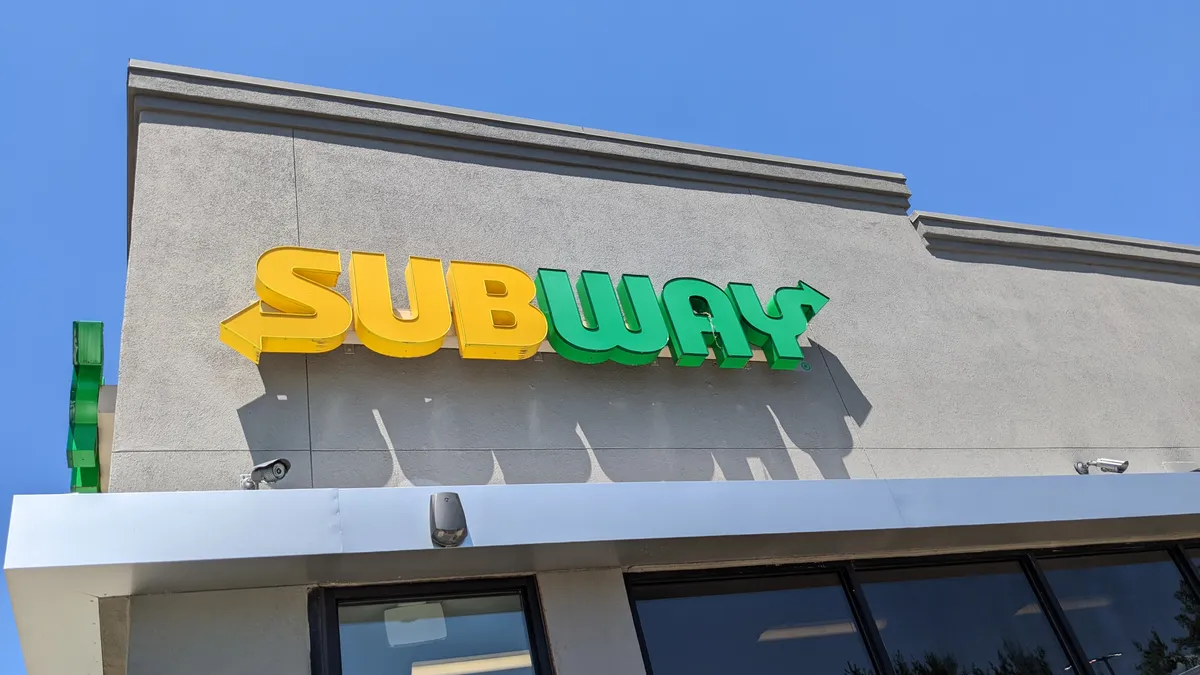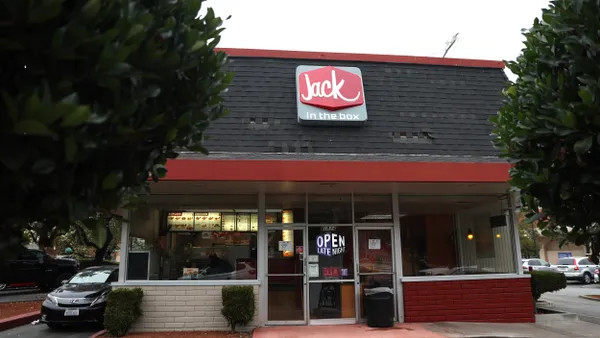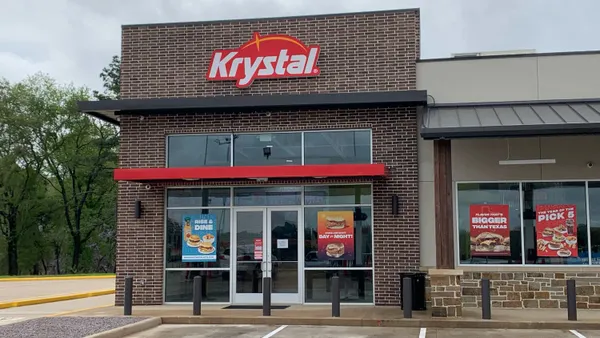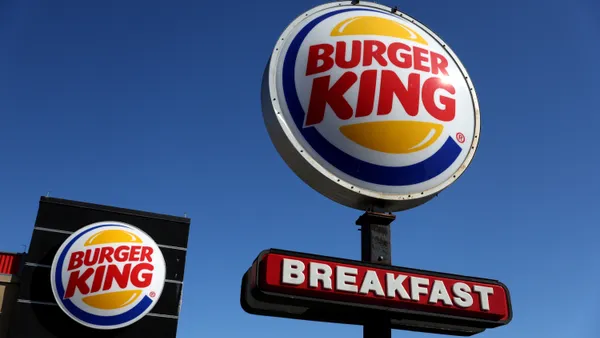Dive Brief:
- Subway’s same-store sales rose 7.8% in 2022 in its North American markets compared to 2021, the company said Thursday.
- Subway attributed the increase to a combination of its new Subway Series menu overhaul that launched in July, and an ongoing effort to renovate the chain’s North American units, according to a company press release.
- Subway has deployed several additional strategies aimed turning its fortunes around, including revamped catering offerings, and shifting its strategic focus to partnerships with multi-unit franchisees. The chain is reportedly considering a $10 billion sale on the strength of these efforts.
Dive Insight:
Subway said its stores have been breaking weekly sales volume records, but did not specify how many stores were breaking those records, or by how much. The chain also said its digital sales grew by double digits worldwide, without specifying the precise size of this relative increase.
It’s not clear what impact inflation or menu price changes had on the chain’s same-store sales or foot traffic, either, and Subway didn’t immediately respond to requests for comment. But some of these changes are clearly resonating, as the three top quartiles of Subway’s North American system, about 17,000 stores, saw same-store sales jump 12.5% year-over-year.
The sandwich chain has also renovated thousands of units in North America, the company said. About 8,500 restaurants have been modernized, with 2,600 remodels completed in 2022 and a further 3,600 remodels planned for 2023, according to Subway. Subway has also explored non-traditional formats, including automated vending fridges, as a possible growth avenue.
“Key to achieving smart growth is ensuring all restaurants across the system are in the right location, format and image, and operated by the right franchisees who have the resources and passion to be part of the brand's transformation journey,” the company said.
Like Subway, many national restaurant chains are pivoting toward multi-unit franchisees, who often have superior resources, experience and ability to raise capital compared to single-unit operators.
Jack in the Box relaunched franchising after working to change its brand image, focusing on recruiting multi-unit operators and expects to resume net unit growth this year. Burger King launched a program to overhaul thousands of stores and support franchisees with greater marketing spend late last year, after the burger chain began trailing the sales growth of its rivals. Still, that turnaround effort may have come too late for some franchisees: Toms King, which operated 90 Burger King units, filed for Chapter 11 bankruptcy protection in January.














